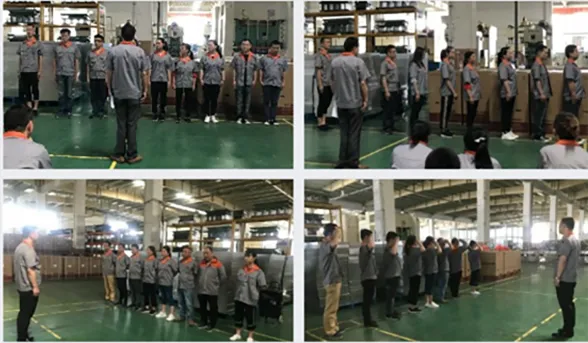Heavy Machinery Transport Skates for Efficient Equipment Relocation and Movement Solutions
Heavy Machinery Moving Skates Revolutionizing Heavy Lifting and Transportation
In the realm of heavy lifting and industrial operations, the movement of cumbersome machinery poses significant challenges. When it comes to relocating heavy equipment, precision, safety, and efficiency are paramount. This is where heavy machinery moving skates come into play, providing an indispensable solution for industries such as construction, manufacturing, and warehousing.
Understanding Heavy Machinery Moving Skates
Heavy machinery moving skates, often referred to as machine skates or movers, are specialized tools designed to facilitate the movement of heavy machinery from one location to another with minimal effort. These skates consist of a sturdy platform that can support significant weight, equipped with multiple roller bearings or wheels to ease the transportation process.
The design of these skates allows for the distribution of weight, making it possible to move heavy items without the need for extensive manual lifting or the use of cranes. Typically constructed from robust materials such as steel or reinforced polymers, these skates can handle loads ranging from a few tons to several hundred tons, making them suitable for a wide array of heavy machinery, including generators, industrial presses, and large motors.
How Heavy Machinery Moving Skates Work
Operating heavy machinery moving skates is a straightforward yet effective process. First, the skates are placed underneath the heavy equipment, ideally positioned at various points along the base to distribute the load evenly. Once securely in place, operators can either push or pull the skates manually or employ a power source, like a tugger or a winch, for larger loads.
The rollers on the skates facilitate smooth movement, reducing friction, which is particularly beneficial when navigating uneven surfaces. This design minimizes the risk of damage to both the machinery being moved and the flooring on which it travels, thus protecting valuable investments.
heavy machinery moving skates

Benefits of Using Moving Skates
The advantages of using heavy machinery moving skates are numerous. Foremost among these is the enhanced safety they offer. By eliminating the need for manual lifting, which can lead to injuries, skates provide a safer alternative for workers. Additionally, their ability to evenly distribute weight reduces the risk of equipment tipping or collapsing, ensuring a safer working environment.
Another significant benefit is the time efficiency gained through the use of moving skates. Relocating heavy machinery with traditional methods often involves complex setups and considerable downtime. However, with the right skates, equipment can be repositioned quickly, allowing for more effective use of time and resources.
Moreover, these moving skates contribute to cost efficiency. By reducing the need for heavy lifting equipment and minimizing worker injury risks, companies can cut costs associated with delays and safety incidents. The versatility of skates also means they can be used for various types of machinery, further enhancing their value.
Choosing the Right Skates
When selecting the right heavy machinery moving skates, several factors should be considered. The weight and dimensions of the machinery, the type of surface over which the skates will operate, and the frequency of use are all critical considerations. Additionally, it's essential to ensure that the skates are certified for the specific weight capability and that they meet safety standards relevant to the industry.
In conclusion, heavy machinery moving skates are a vital tool in the modern industrial landscape, offering practical solutions for the safe and efficient movement of heavy equipment. With their ability to enhance workplace safety, improve efficiency, and reduce operational costs, these skates are not just tools but essential investments for businesses operating in heavy machinery contexts. As industries continue to evolve, adopting innovative solutions like moving skates will undoubtedly play a crucial role in optimizing operations and safeguarding workers.
-
4000 lb Gantry Crane | Adjustable, Heavy-Duty Lifting SolutionsNewsAug.31,2025
-
Portable 2000 lb Gantry Crane | Heavy-Duty & AdjustableNewsAug.30,2025
-
Versatile Lifting Solutions with Gantry and Overhead CranesNewsAug.29,2025
-
The Versatile Mobile Gantry Crane SolutionNewsAug.29,2025
-
Reliable Movement with Heavy Machinery Skates and RollersNewsAug.29,2025
-
Reliable Lifting Performance with 2000 lb Gantry Crane and 2 Ton Overhead SystemsNewsAug.29,2025
-
Maximize Lifting Efficiency with PML Magnetic LiftersNewsAug.29,2025
